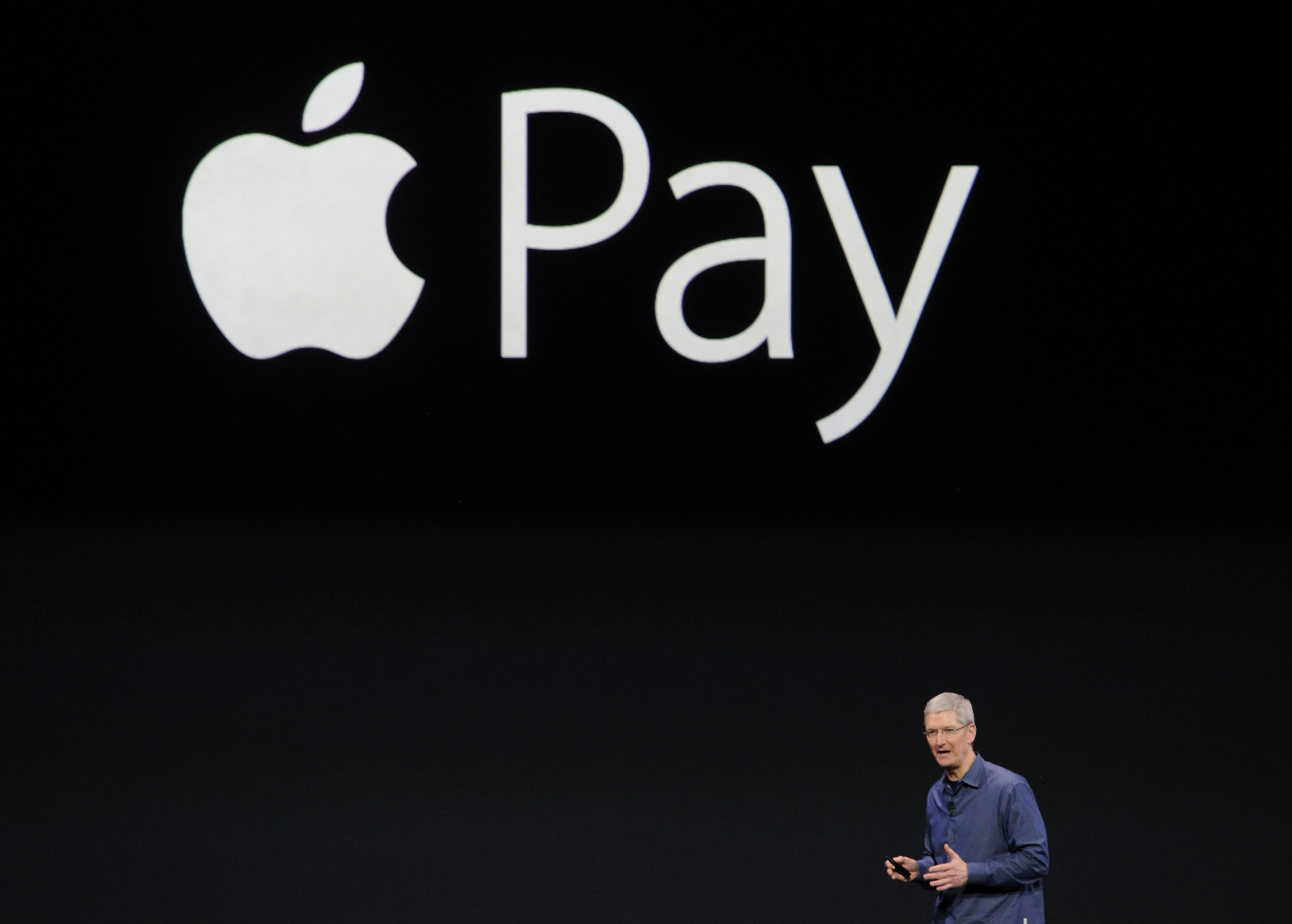Apple had a record-breaking quarter for iPhone sales during the three months that spanned the 2016 holiday season. iPhone sales for the quarter ended December 31, 2016 touched 78.29 million units, against 74.78 million units in the year-ago quarter. However, despite strong device sales, Apple Pay usage statistics show that fewer that 22 percent of Apple Pay-enabled device and Apple Pay-capable Safari browser users have ever tried using the company’s digital payment service.
Although the news about iPhone 7 and strong sales is great, that’s only good for the short term. The real long-term gamble for Apple is in Apple Pay, Apple Music and other services, not devices. The company has been device-dependent for far too long, with little focus on other areas – and it’s beginning to show on their top line performance.
According to data from PYMNTS.com in collaboration with InfoScout, 23.3 percent of respondents in a March 2016 survey said that they had tried Apple Pay; that same survey was conducted again three months later (23.8 percent – a slight increase) and then six months later (23.6 percent – a dip once again) and, finally, a year later, in March 2017, and this time only 21.9 percent of respondents said that they had tried the digital payment service.
Of course, the respondents for each survey were comprised of different groups, but the downtrend is unmistakable.

After a period of growing adoption by new users, Apple Pay usage is showing clear stagnation – and even showing a gradual slump.
Why is Apple Pay Usage Linked to iPhone 7 Sales?
Until iPhone 8 and other models are released this year, iPhone 7 is the only device that has the NFC chip inside it that is required for the “wave to pay” feature of Apple Pay to work. Of course, it can now be used to authenticate online payments through the Safari browser on desktops, laptops, tablets and iPhones as well, but the real draw for Apple Pay is the ability to link your payment to your phone, giving users freedom from carrying around their plastic.
The unfortunate part is, Apple Pay usage on iPhone 7 doesn’t seem to have increased, even six months after the device has been on the market.
The surprising thing about all of this is the fact that Apple Pay opened up to even more countries in the past few months. Even that doesn’t seem to have encouraged more users to even try out the service, let alone use it on a regular basis.
That amounts to a roadblock for Apple Pay growth. If they can’t get their own device users to strongly adopt a new technology, it’s going to be very difficult to push it to the level that Apple Inc. wants to take it.
The only chance now is to either heavily promote the service in an aggressive manner – which they haven’t been doing – or wait until more iPhones have this capability. Either way, it’s going to be at least a couple of years before Apple Pay starts to gain more traction in digital payments. Surprisingly, it is one of the top five most popular digital payment methods in the world, and the most used mobile wallet in the world.
If Apple Pay, the most used digital wallet in the world, has mediocre adoption numbers to show for all the effort put into it, what about the others, like Android Pay and Samsung Pay?
Thanks for reading our work! If you enjoyed it or found value, please share it using the social media share buttons on this page. If you have something to tell us, there’s a comments section right below, or you can contact@1redDrop.com us.



